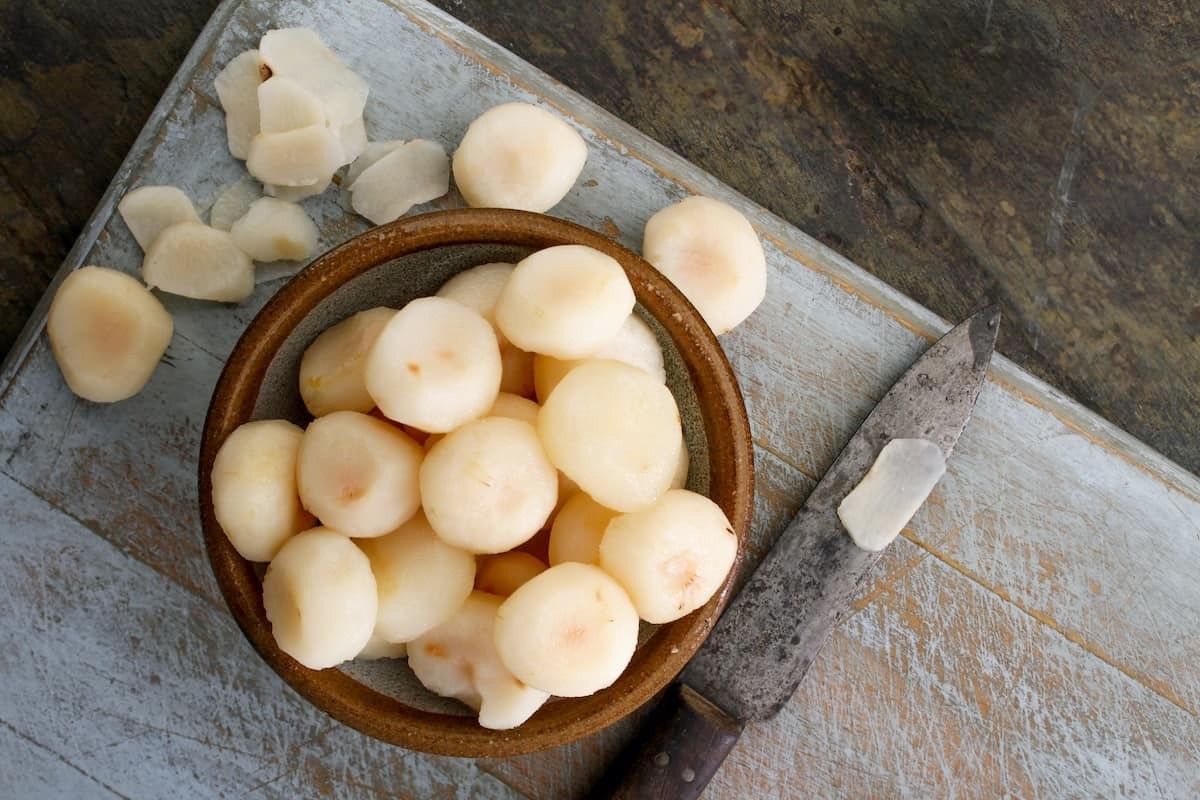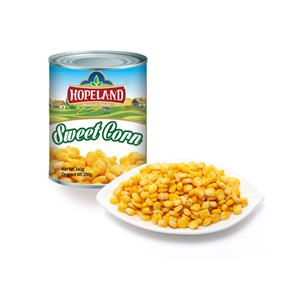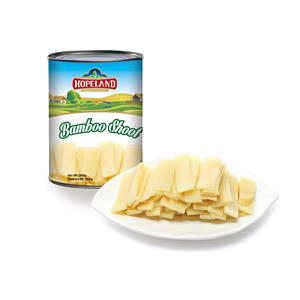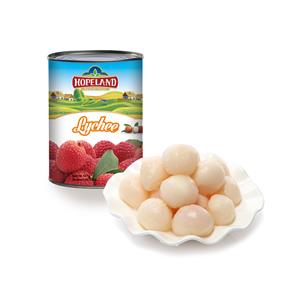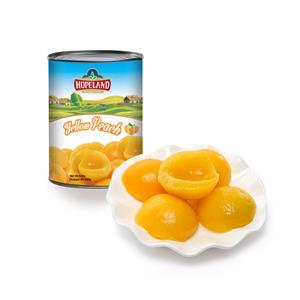Water Chestnuts – All You Need to Know
Water chestnuts (Eleocharis dulcis), despite their name, are not nuts at all. They are aquatic root vegetables that grow in water-rich environments like marshes, lakes, and mud. Often overlooked by many consumers or viewed as a niche ingredient in Asian cuisine, water chestnuts offer a delightful crunch and unique flavor that can elevate various dishes. Whether you're making savory appetizers or adding texture to salads, water chestnuts are a versatile ingredient that deserves a place in your kitchen.
What Are Water Chestnuts?
Water chestnuts, often mistaken for actual nuts because of their appearance, are dark brown on the outside and white on the inside. Their firm, crisp texture is one of their standout features, similar to that of an Asian pear or jicama. The taste is mildly sweet, with a slight tartness and nutty undertones that add a distinct flair to any recipe.
Unlike their canned counterparts, fresh water chestnuts retain an irresistible crunch. Fresh water chestnuts are typically found in the produce section of stores that stock root vegetables. Although they were traditionally used mainly in Chinese cuisine, water chestnuts are now used across a wide range of dishes in many global cuisines.
How Can You Use Water Chestnuts?
Water chestnuts are extremely versatile and can be used in a variety of ways. Here are some popular methods for preparing and eating them:
- Raw as a snack: Enjoy fresh, crisp water chestnuts on their own.
- Wrapped in bacon: A delicious appetizer often seen at parties.
- In lettuce wraps: For added crunch and flavor in Asian-inspired dishes.
- Added to soups, stews, or pasta: A great way to add texture and nutrition.
- Pickled and added to toasts: Adds a unique twist to simple dishes.
- In salads: Grated or sliced, they make for a refreshing addition to greens.
- Candied: Water chestnuts can be candied and used in cakes or other desserts.
- In stir-fries or noodles: Toss them into stir-fries, chow mein, or lo mein for a quick, crunchy addition.
- In curries: They hold up well in rich, flavorful sauces.
These uses illustrate the adaptability of water chestnuts, making them an ingredient that can shine in everything from snacks to main courses.
The Origins of Water Chestnuts
Water chestnuts originated in Southern China and spread across Southeast Asia, Australia, and many Pacific and Indian Ocean islands. They have long been a part of traditional Chinese cooking and are still considered a delicacy in many parts of the country, often used in festive dishes or sweets for special occasions.
Introduced to the United States in the 1800s, water chestnuts have since spread across the Northeast and can also be found in California, Virginia, Quebec, and even Florida. Their ability to grow in freshwater makes them a widespread crop, thriving in nutrient-rich wetlands across the globe.
The Nutritional Value of Water Chestnuts
Water chestnuts are not only delicious but also nutritious. They are low in calories and high in water content (over 75%), making them a hydrating and filling food option. They also contain a variety of essential nutrients, including:
- Fiber: Important for digestion and gut health.
- Manganese: Supports bone health and metabolism.
- Copper: Essential for maintaining healthy blood vessels, nerves, and the immune system.
- Riboflavin (Vitamin B2): Helps in the body's energy production.
- Potassium: Aids in maintaining proper heart function and regulating blood pressure.
Though water chestnuts are slightly higher in starch and sugar compared to other root vegetables, they provide a valuable source of nutrition when used in moderation.
How Are Water Chestnuts Grown?
Water chestnuts require specific conditions for growth. They need approximately 220 frost-free days to reach maturity, so they are usually planted in early spring. The growing process involves placing the corms (underground plant stems) in fields that are flooded and then drained. Once the plants reach about 12 inches in height, they are harvested.
These plants grow well in any freshwater environment but thrive particularly in nutrient-rich waters. However, they cannot be cultivated in uncontrolled marshlands where water levels are difficult to regulate.
When Are Water Chestnuts in Season?
Fresh water chestnuts are typically available from fall through spring. However, canned water chestnuts are available year-round, making them a convenient pantry staple for home cooks who want the flavor and texture of water chestnuts at any time.
How to Choose and Store Water Chestnuts
When shopping for fresh water chestnuts, look for ones that are round, smooth, and firm to the touch. They should have a hard, shiny surface and should not be wrinkled or soft. Fresh water chestnuts often come covered in mud, which preserves their freshness, so don’t be alarmed if they look dirty.
Once home, rinse off any mud and store unpeeled water chestnuts in an enclosed paper bag in the refrigerator, where they will last for 7 to 10 days. You can also peel and freeze water chestnuts for later use. If freezing, add a little lemon juice to prevent discoloration.
How to Tell If a Water Chestnut Is Bad
Fresh water chestnuts should be firm and have a slight sheen. Discoloration on the surface is normal, but soft spots or a mushy texture indicate they have gone bad. Once peeled, the flesh should be white and odorless or have a faintly sweet smell. Any unpleasant odors suggest spoilage.
Where Can You Buy Water Chestnuts?
Water chestnuts can be found in most grocery stores, especially those that stock Asian ingredients. Alternatively, you can easily shop for water chestnuts online via services like Instacart, which offers fresh and canned varieties delivered directly to your home. This option saves time and guarantees a wide selection of quality produce.
Conclusion
Water chestnuts are a versatile, nutritious, and flavorful addition to any kitchen. Whether you’re preparing a salad, stir-fry, or even a dessert, their unique texture and subtle sweetness can enhance a wide variety of dishes. Packed with essential nutrients and available year-round in canned form, water chestnuts are a convenient and healthy option for home cooks looking to add a bit of crunch and flavor to their meals.
So the next time you’re at the grocery store or ordering your groceries online, don’t forget to add water chestnuts to your cart! They just might become your new favorite secret ingredient.


